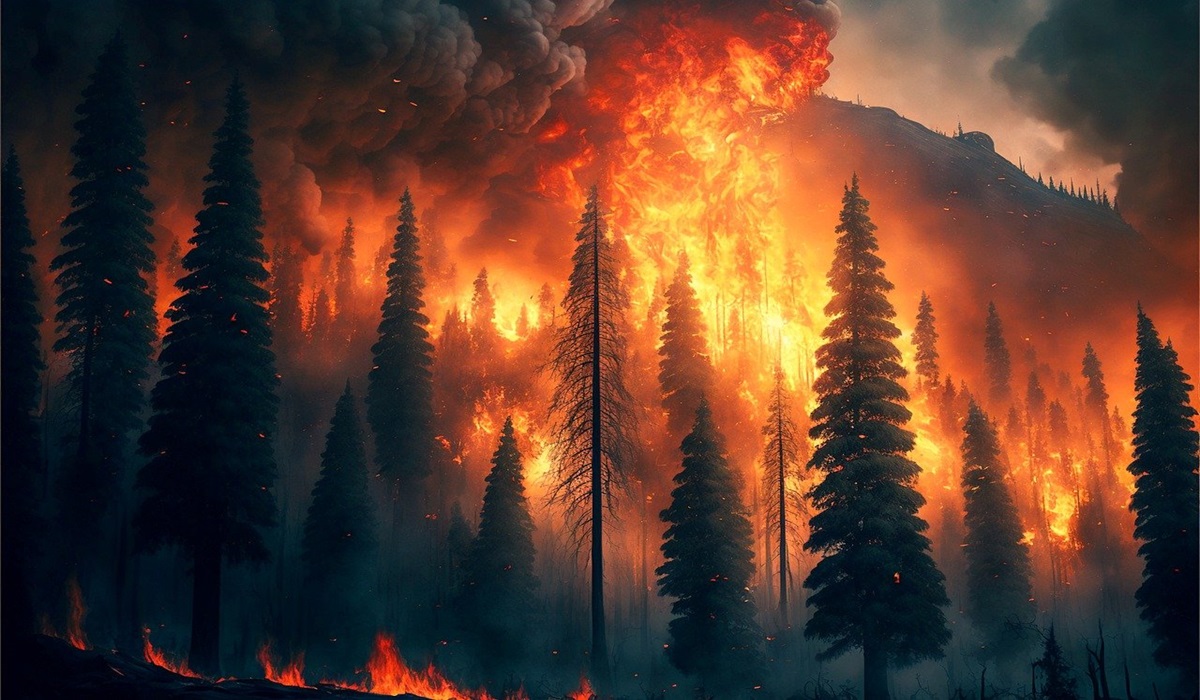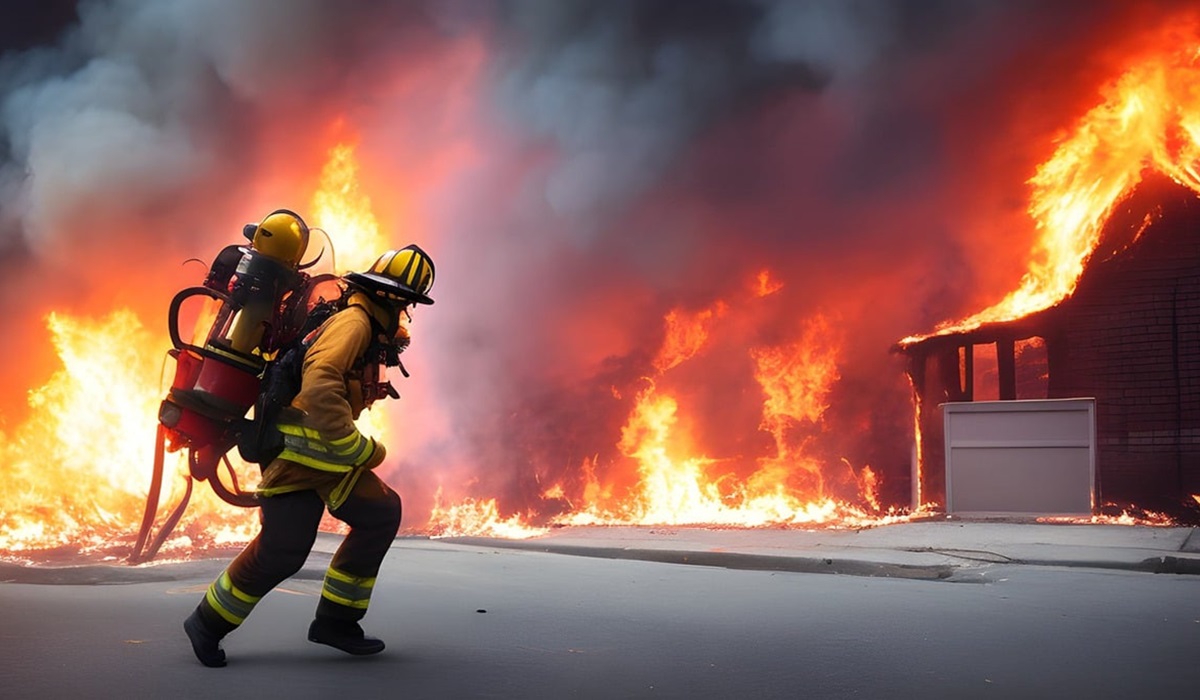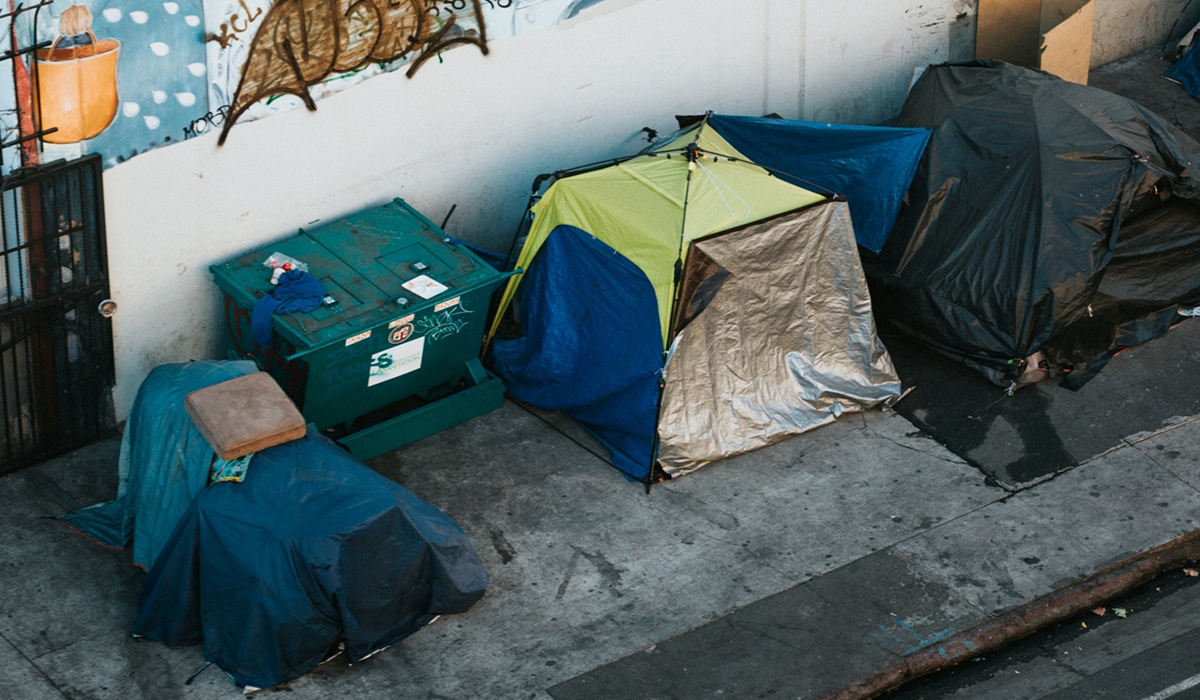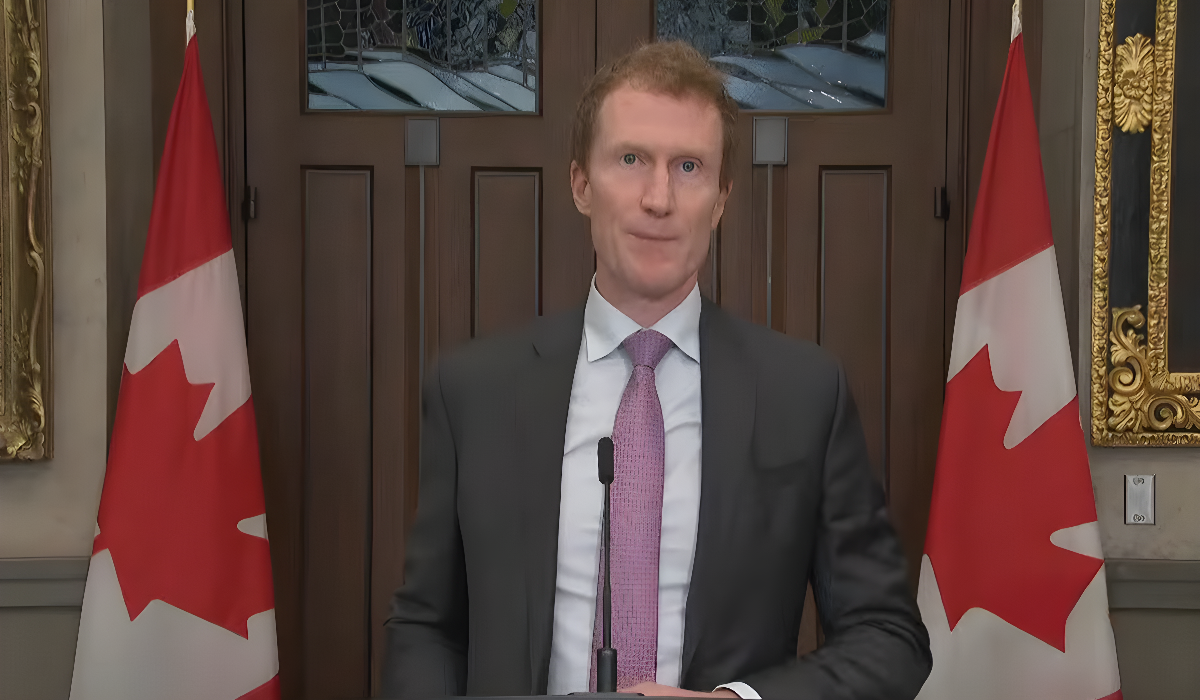Canada’s Nightmare Redux: Wildfire Season Rages Early, Leaving a Path of Devastation
- Ingrid Jones
- Canada
- May 16, 2024

Image Credit, Chil Vera
A pall of smoke hangs heavy over vast swaths of Canada, a grim precursor to what many fear will be another devastating wildfire season. Flames are tearing across the tinder-dry landscape at an alarming rate, scorching tens of thousands of hectares just as summer begins. This early surge echoes the nightmarish season of 2023, where millions of hectares were consumed by fire, displacing communities and straining resources.
The scars of last year remain raw. Images of towering infernos and fleeing residents are etched in the national memory. The economic and environmental toll was immense, with entire ecosystems ravaged and critical infrastructure destroyed. Yet, here we are again, facing a relentless enemy fueled by a complex web of factors, including climate change, dry conditions, and human activity.
The human cost is particularly devastating. Tens of thousands of Canadians have already been forced to flee their homes, leaving behind cherished memories and possessions in a desperate scramble for safety. The psychological trauma of losing a home and witnessing the destruction of one’s community is undeniable. Uncertainty hangs heavy in the air – will there be anything left to return to?
The economic impact is just as significant. Tourism – a vital sector for many regions – suffers as smoke blankets popular destinations. Businesses are forced to close, disrupting livelihoods and jeopardizing local economies. The cost of fighting these massive fires stretches government budgets thin, diverting resources from other crucial areas.
The ecological consequences are equally dire. Wildfires disrupt delicate ecosystems, destroying habitats for countless species and releasing vast amounts of carbon dioxide into the atmosphere, further accelerating climate change. Forests, crucial for maintaining healthy watersheds and regulating air quality, are reduced to ash, leaving behind landscapes vulnerable to erosion and flooding.
While the immediate focus is on containing the current blazes and supporting those affected, the wildfires have reignited the ever-present debate on climate change. The scientific consensus is clear – a warming planet creates ideal conditions for wildfires to ignite and spread with increased ferocity. Droughts become more frequent and severe, vegetation dries out, and lightning strikes become more prevalent. This perfect storm is the reality we face, and the devastating wildfires are a stark reminder of the consequences of inaction.
The debate around fossil fuels, a major contributor to climate change, is also back in the spotlight. Many environmentalists argue for a swift and decisive transition to renewable energy sources, emphasizing its role in mitigating future fire risks. However, the transition presents a complex challenge, requiring significant investment in infrastructure and technological advancements. Finding a balance between environmental protection, economic stability, and energy security remains a critical hurdle.
Beyond the immediate crisis, a crucial question arises: what can be done to prevent future wildfire disasters? Fire prevention efforts, such as controlled burns and forest management practices, are essential. Creating firebreaks and educating communities about fire safety are equally important. However, these efforts alone may not be enough.
Investing in sustainable forestry practices and promoting biodiversity can enhance the resilience of forests, making them better equipped to withstand droughts and insect infestations. Additionally, strengthening early warning systems and improving evacuation protocols can help save lives and property in the face of fast-moving fires.
International cooperation is also crucial. Sharing best practices, providing mutual aid during fire events, and collaborating on research and development are vital steps towards mitigating the global threat of wildfires. Canada, a nation acutely affected by this phenomenon, has a vital role to play in these collaborative efforts.
As Canadians grapple with the current crisis, a sense of resilience shines through. Communities are banding together to support evacuees, firefighters are battling the inferno with unwavering courage, and governments are scrambling to provide relief and resources. However, the road to recovery will be long and arduous. Rebuilding homes and businesses, restoring ecosystems, and healing from the trauma will require sustained effort and unwavering commitment.
The 2024 wildfires serve as a stark wake-up call. We can no longer afford to be complacent in the face of climate change. Embracing sustainable practices, investing in resilient infrastructure, and prioritizing international cooperation are essential steps towards securing a future where wildfires do not become an annual nightmare but a manageable threat.








